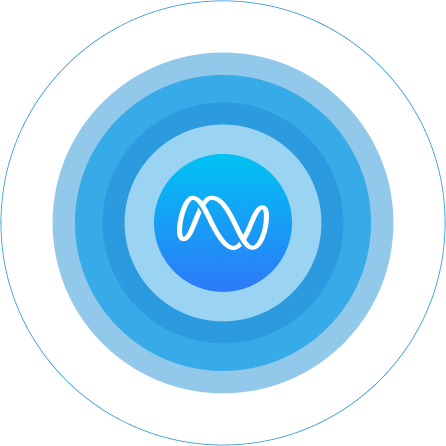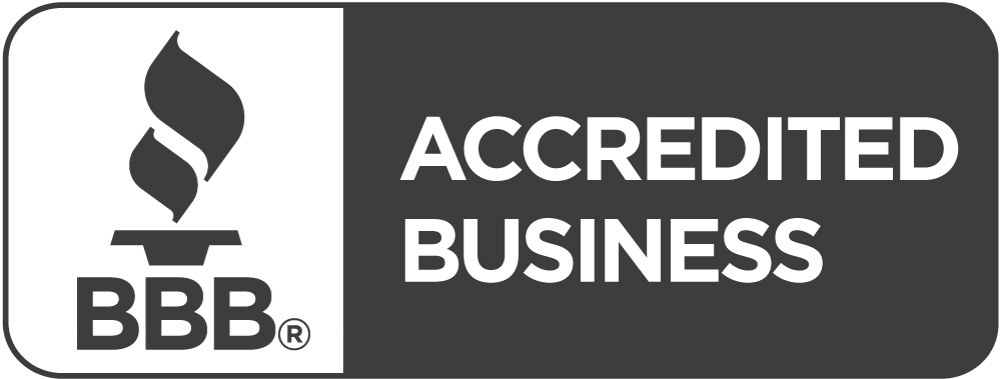Wondering how to structure your inbound call process? We can help! Keep on reading to learn what makes an inbound call process effective.

Whether you’re trying to streamline your internal customer relations procedures or ensure that your clients get the best possible service from a contact center vs call center, understanding the inbound call process is the first step to improving your business’s communication protocols.
If you’ve just started using a call center and you’re not sure how to structure your inbound call center process, this article will give you the tools you need to hit the ground running. We’ll explore the purpose of inbound calls and flesh out key components of effective inbound call strategies.
Read on to find out how to get your call center operations up and running.
What is an Inbound Call?
An inbound call is a call made by a client to a business’s support line, sales call center, or appointment-setting contact. There are many reasons why a customer might make an inbound call:
- To schedule an appointment for a consultation or follow-up
- To ask a question about a product, service, or staff member
- To request internship or hiring information
- To purchase a product or service
- To provide feedback, report a problem, or troubleshoot technical issues
Inbound call center services must accommodate any possible customer request—which means a streamlined inbound call process can’t arise overnight. In fact, inbound call center service processes are as diverse as the businesses that use them.
The Key Components of an Effective Inbound Call Strategy
How to get inbound process for call centers right differs for every company, but a stellar process will meet the needs of clients, employees, and company leadership.
Next, we’ll explore some critical elements of a useful inbound call process.
#1 Call Models
When creating your inbound call center process, map out every possible reason why a current or potential client would make a call to your business. Once you have a comprehensive list, you can begin to create call models—mini-maps of how a call will proceed based on the purpose of the call.
To create a call model, answer the following questions for every scenario on your list:
- Will the caller need to be redirected to another department?
- What critical information does the caller need before proceeding with the call?
- How will you troubleshoot the problem the customer is calling about?
- What information do you need from the caller to help them?
Answering these questions will give you all the tools you need to make a web of if-then scenarios—call models that ensure customer satisfaction and positive customer experience.
#2 Scripts
Once you’ve created call models, it’s time to determine what an inbound call center agent will actually say to clients during a call. Scripts are standardized, pre-written narratives that an inbound agent can use to provide consistent and helpful customer service. They will learn these scripts and how to implement them during call center training.
To make your script-writing process as efficient as possible, start the process by making a generic script that can be customized for every department—sales, customer service, or scheduling, for instance. Once you have a basic script, flesh it out with department-specific information and relevant if-then procedures.
Branching out from a generic script will decrease the time spent writing more specific scripts and standardize call center employee training efforts.
#3 Standardized Caller Information Collection
At least one generic script should include an information-collecting procedure. Collecting caller information can help businesses vet leads, complete follow-up tasks, and maintain a customer request log for future reference.
To standardize caller information collection, determine which details about a client call center agents will need. Your business’s list of pertinent caller information may include:
- Their name
- Contact information
– Address
– Phone number
– Email address
- Which product or service they’re calling about
– Serial number
– Model number
– Approximate date of purchase
- The outcome they’re seeking from the call
A complete list of caller information like their contact info and availed service or product will help future agents and internal employees follow up with callers and familiarize themselves with specific client needs. This is easily one of many call center best practices to incorporate into your calling strategy.
#4 HIPAA Compliance
For businesses in healthcare and adjacent industries, ensuring HIPAA compliance during client inbound calls is paramount.
The HIPAA Privacy Rule—which stipulates that patients’ protected health information is kept confidential—is critical to compliant medical procedures, and call centers must also maintain customer privacy.
Your business can ensure compliance by:
- Briefly telling callers about the business’s HIPAA policy
- Recording callers’ protected health information in a secure, standardized manner
- Asking for callers’ consent to record their health concerns for efficient follow-up
- Verifying callers’ identity via a patient database, if applicable
During the script-writing process, consider creating a HIPAA-specific script for an inbound call center agent to use, and follow your jurisdiction’s regulations carefully.
Simplify Your Inbound Call Process with Nexa
An efficient, standardized inbound call process is crucial to effective customer service. The elements above will help you create a procedure that works for your business and your clients, and regularly auditing your process will improve your client relations and streamline your service efforts.
If you’re looking for inbound call center outsourcing services that prioritize efficiency, effectiveness, and compliance, look no further than Nexa. We’re much more than just a call center or call answering service—we provide customer support via live chat, SMS text, email, and phone. No matter the channel, our highly-trained agents aim to provide the best possible service to your business’s hard-earned clients.
If your business is ready to grow, Nexa can help improve your sales, vet leads, and maintain five-star customer relations
Sources
- Harvard Business Review. 4 Behaviors that Boost Inbound Sales. https://hbr.org/2021/02/4-behaviors-that-boost-inbound-sales
- US Centers for Disease Control and Prevention. Health Insurance Portability and Accountability Act of 1996 (HIPAA).









































































